Can You Use PVC Glue on CPVC? Reasons & Tips
-
Pete Ortiz
- Last updated:

If you are currently trying to install CPVC pipes for the first time, it can be pretty challenging. This is especially true if you are not trained. And unfortunately, you can’t afford to wing it, as failing to adhere to the proper steps and equipment can cost you quite a lot in the long run.
This is why it’s important to conduct proper research before installing your CPVC pipes. Unfortunately, many homeowners make the mistake of choosing the wrong type of glue on the joints. The short answer is yes, you can use PVC glue on CPVC.
If you are interested in knowing how you can install CPVC, this article is meant for you.
What Is CPVC?
If you spent time talking to your plumber or reading home improvement magazines, you’ve probably heard of CPVC. So, what is CPVC, and why is it important?
CPVC, or chlorinated polyvinyl chloride, is mainly used to make pipes. Its strong and durable quality is the main reason it has been used in plumbing for more than 50 years all over the world. CPVC pipes are used both in residential houses and industries.
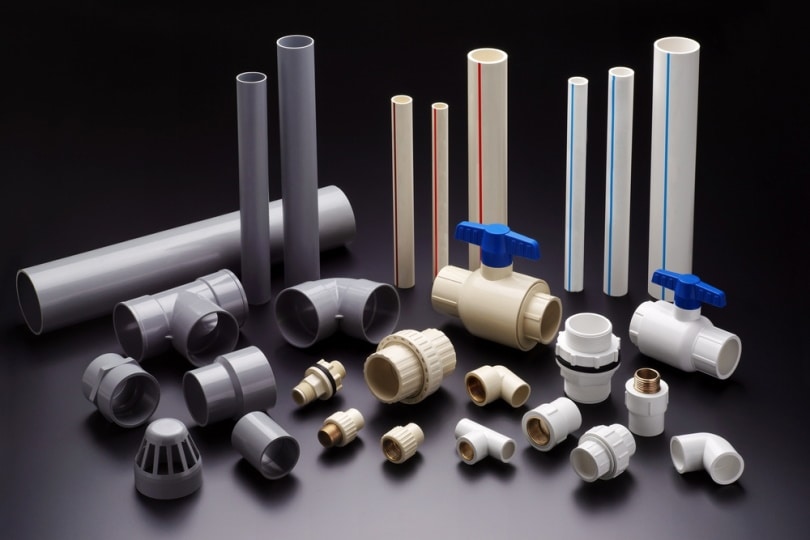
Some Other Reasons Why Cpvc Is Popular Include
1. It Ensures Safe and Clean Water
CPVC pipes are inspected and approved by all the major international safety agencies, such as NSF international. In addition, the materials used ensure that dangerous components do not contaminate the water during transportation.
2. Chlorine Resistance
Most water treatment facilities use chlorine as the primary disinfectant. Some chlorine-based disinfectants, such as chlorine dioxide, can cause pipe failures in metallic and green pipes, making the water undrinkable. CPVC, on the other hand, is not affected by chlorine or other additives in the water, making it the best pipe to have in your home.
3. Strength
CPVC pipes are usually fitted and combined using solvent cement, making them quite resistant to breaking apart. They are some of the strongest pipes out there.
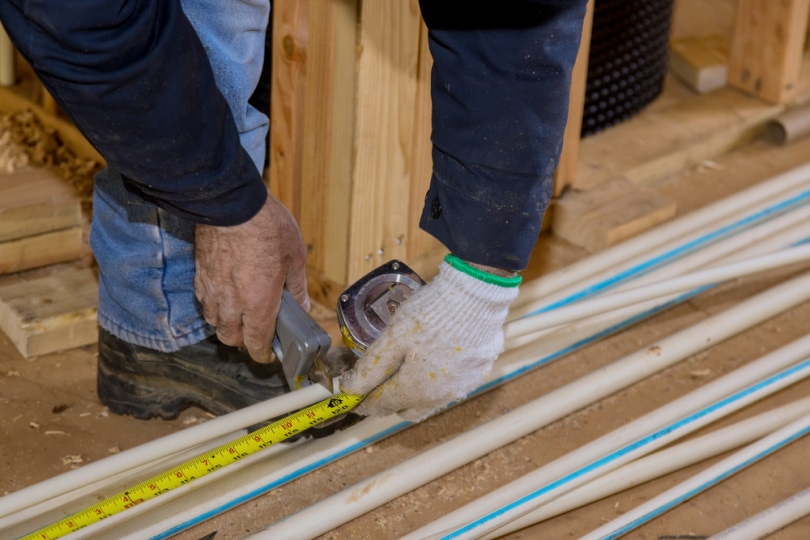
4. Biofilm and Fire Resistance
When picking the pipe to install in your house, you should consider whether they are fire and biofilm-resistant. CPVC pipes prevent bacterial growth, keeping the water pure.
It’s also not combustible, which is a vital quality because, unlike other pipes, CPVC will not aid in spreading fire after the source of the fire is removed.
Can I Use PVC Glue When Installing CPVC?
This is one of the most common questions when installing CPVC pipes. This is because PVC is one of the most readily available glues that most people are familiar with. It’s also quite affordable.
The answer is yes; you can use PVC glue when installing CPVC pipes. It’s strong enough, and the pipes will not come apart. The cement solvent works on the piping better than most glues on the market. However, it’s recommended that you use a primer and cement solvent with the glue when joining two CPVC pipes.
After applying the PVC glue, you must let it sit for at least half an hour before turning on the water. If the water pressure is high, you might need to wait longer. Turning water on too early might cause the glue not to stick effectively, resulting in a leak.
Adding heat to the glued joint also assists in helping it set faster and reduces any chances of the pipe leaking. Make sure that you glue the joints on a day when the temperatures are warm. Cold temperatures mean that the glue will need more time to dry and set, while high temperatures can increase the glue’s softening effects, reducing its efficiency.
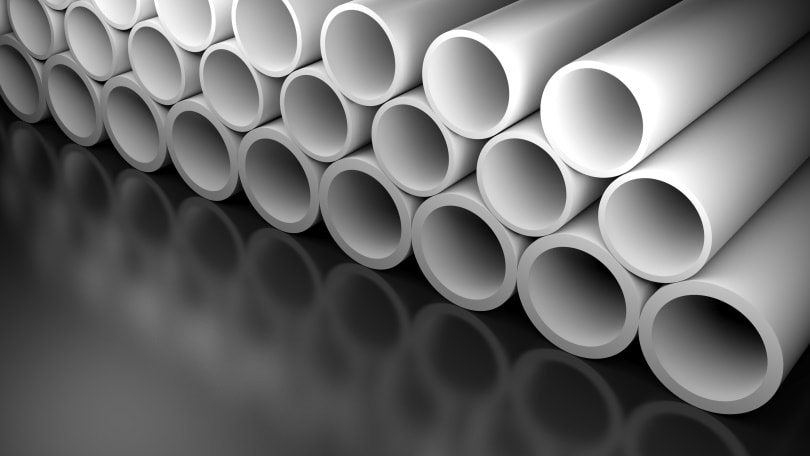
Tips When Using PVC to Join CPVC Pipes
- Keep the PVC glue away from heat or direct sunlight before using it.
- Always cover the PVC glue/ cement when it’s not in use. Leaving it open when it’s not in use causes it to thicken and become stringy and difficult to use when fixing the pipe joints.
- Wipe the pipes with a cool rag to cool them down before gluing to make sure they fix well.
- Wipe off any excess solvent or glue from the exterior of the joints.
- Increases the curing time as specified in the PVC instructions manual when working in conditions under 60 degrees F
- Make sure the pipe joints are free from water, snow, or ice before applying the glue.
Tips to Install CPCV Using PVC Glue
When installing CPVC pipes, you need to do it carefully. Especially if you are working with a hot water system. To effectively assemble and join your CPVC pipes, follow the instructions below:
1. Cut the Pipe
CPVC pipe comes in a straight tube; you need to cut it into the required sizes and joints. To make the perfect cut, you can use a circular, hand, or miter saw. Whichever you pick, ensure it is fine-toothed and sharp.

2. Prepare the Fittings
No matter how carefully you cut the pipe, it’ll still have some rough edges. Use a file or pocket knife to remove all the filings from the end of the pipe. Check the pipes to ensure the joints fit into each other before applying the glue/ solvent.
3. Apply the Glue
After ensuring the pipe pieces fit together well, the next step is applying the cement solvent and glue. Ensure that you use a primer before applying the glue, as this helps it set better. Apply an even coat of solvent/glue outside the pipe and do the same to the inside of the other pipe and ensure that it does not drop to the pipe’s interior.
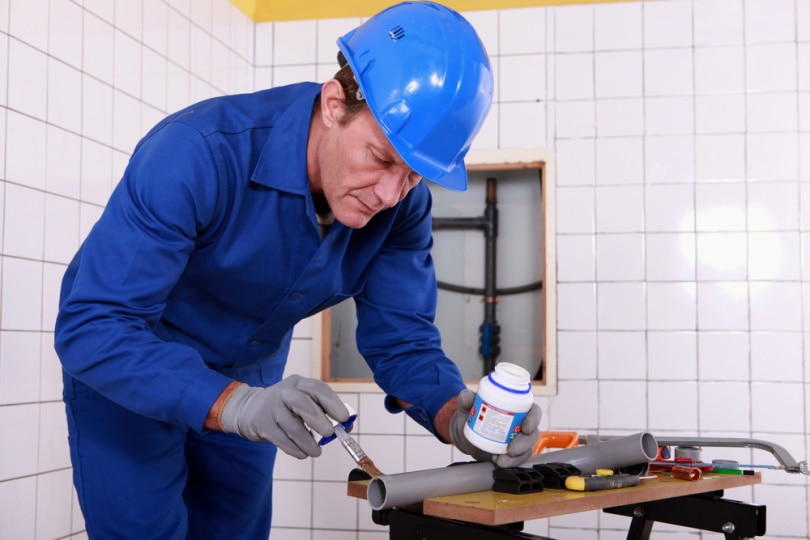
4. Fix the Joint
After applying the glue, insert the pipe into the joint as soon as possible without leaving any time for the glue to dry. Ensure that the pipes are correctly joined by pushing them to the end of the joint before leaving them to dry. Hold it for about 10 seconds to allow the cement solvent/ glue to set.
5. Allow the Joint to Dry
The time it takes for the glue or solvent to dry will depend on the temperature, humidity, and diameter of the pipe. After all the glue is dry, sand the remaining glue on the outside with sandpaper.
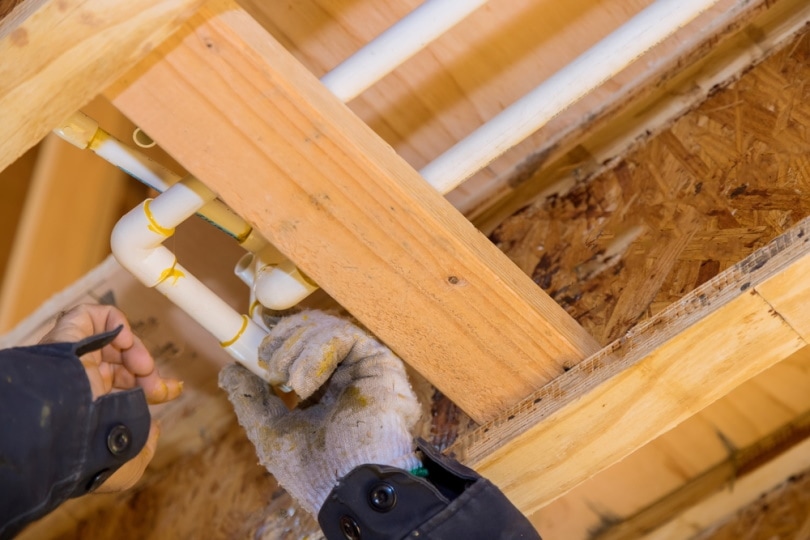
Final Thoughts
PVC and CPVC are not applied the same way and are not typically used together; however, when combined with a primer or cement solution, the combination can work pretty well. The PVC glue/cement doesn’t work like any other regular glue, and if not applied right, it can break down the surface of the pipe.
When working with PVC glue and CPVC, always seek professional advice, especially if it’s your first time doing it.
- You may also be interested in: What Is the State Tree of Indiana? How Was It Decided?
Featured Image Credit: thodonal88, Shutterstock
Contents



